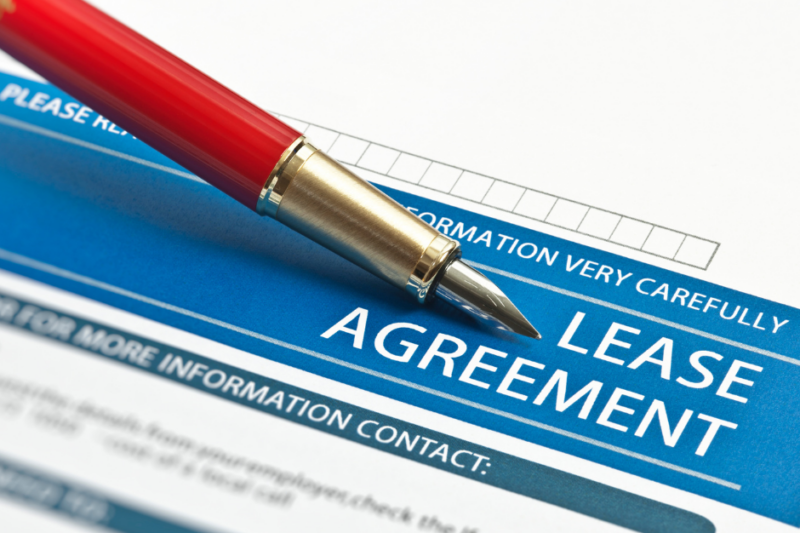Most people will, at some point in their lives, lease or rent property from someone else. Leasing property is an attractive option for obtaining the right to use and possess real property because it comes with less expense and more flexibility than buying. Leasing is incredibly common among college students, young professionals, and anyone who wishes to save a little money but still wants a place to call home. Leasing is a well-known alternative to buying, but what fewer people understand is that there are many different types of leases. The type of lease you choose to create or to agree to can affect how you go about terminating the lease and how long the lease lasts. To protect your peace of mind—and your wallet—it is important to understand what type of lease you want, what type of lease you have, and the impact that your lease type has on your time as a lessee.
There are four main types of leases:
1.Term of Years
2. Periodic Tenancy
3. Tenancy at Will
4. Tenancy at Sufferance
Term-of-year leases last for a fixed period and automatically terminate on the date specified as the end of the lease term. The lease term itself can be for a year, multiple years, or some division of a year.
Periodic tenancies last indefinitely for a fixed period and automatically renew until one party gives notice to the other of their intent to terminate. Periodic tenancies are typically stated as a year-to-year lease or a month-to-month lease, but the exact lease term is up to the discretion of the parties. Notice of intent to terminate a periodic tenancy must be given to the other party promptly, which varies based on the lease terms. For a year-to-year lease, notice must be given six months before the end of the current annual period. For a month-to-month, only one month’s notice is required. For lease terms somewhere between the two, notice must be given a full term before the termination date. This means that if your lease is for three months, notice must be given three months in advance.
Tenancy at will is another common leasehold. A tenancy at will is created where a lessee takes possession of the property with the consent of the owner but without making any agreement as to any fixed term, rental period, or periodic payments. Tenancy at will continues until either party takes an action inconsistent with its continuation. An act inconsistent with its continuation would be a landlord demanding possession, or a lessee ceasing payment or permanently vacating the premises.
When a lessee remains in possession of a property after their lease has expired, a tenancy at sufferance is created. A tenancy at sufferance continues until the landlord renews the tenant’s lease or successfully evicts the holdover tenant. If the landlord renews the lease, the tenant is then obligated to continue paying.
Whether you are a current or prospective tenant or a landlord, it is important to understand what type of lease you have or will create. Different types of leases have different legal ramifications and have to be handled in different ways.
King Law Offices is a full-service law firm with an outstanding team of professionals who work diligently, creatively, and compassionately on behalf of our clients each day. King Law Offices can help you understand the legality of your lease and what your options are. Contact King Law at (888)748-KING (5464) for a consultation. We have offices located across western North Carolina and upstate South Carolina. We are here to serve you and to guide you as we navigate this journey together.


